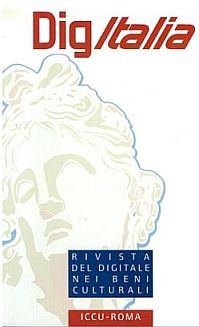Progetto InterPARES2: il case study sulle moving images
Abstract
IntroduzioneCon l’accelerazione che la rivoluzione digitale ha imposto all’incremento della produzione di fonti elettroniche negli ultimi anni, il problema della conservazione dei documenti generati in digitale è divenuta oggetto da qualche tempo di specifici studi, ricerche e discussioni. La crescente rapidità dell’obsolescenza dei sistemi di hardware e di software ha cominciato a destare preoccupazioni sempre più serie, nel momento in cui ci si è resi conto che una parte della memoria documentaria della nostra società, più recente, creata e conservata in digitale, come è noto, è già compromessa: il primo caso notevole si è infatti avuto quando a metà degli anni Novanta si è scoperto che non si potevano più “leggere” per questo motivo i nastri dei tabulati della NASA del primo viaggio sulla Luna. Non esistevano infatti più le macchine in grado di farli “girare” e non esisteva più il software nel quale erano stati codificati e col quale potevano essere letti.
Downloads
Download data is not yet available.
Downloads
Published
2006-04-05
How to Cite
Orefice, I. (2006). Progetto InterPARES2: il case study sulle moving images. DigItalia, 1(2), 149–162. Retrieved from https://digitalia.cultura.gov.it/article/view/304
Issue
Section
Projects
License
The Authors publishing their contributions on this journal agree to the following conditions:
- The Authors detain intellectual property rights of their work and transfer the right of first publication of the work to the journal, under the following Licence: Attribution-ShareAlike 3.0 Italy (CC BY-SA 3.0 IT). This Licence allows third parties to share the work by attributing it to the Authors and clarifying that the work has been first published on this journal.
- Authors can sign other, non-exclusive licence agreements for the dissemination of the published word (e.g. to deposit it in an institutional archive or publish it in a monography), provided that they state that the work has been first published on this journal.
- Authors can disseminate their work online (e.g. in institutional repositories or on their personal websites) after its publication, to potentially enhance knowledge sharing, foster productive intellectual exchange and increase citations (see The Effect of Open Access).






